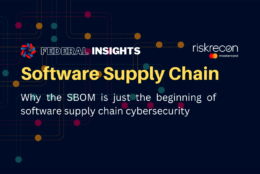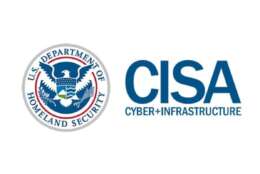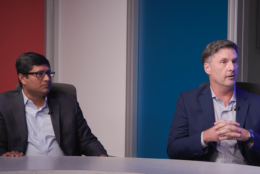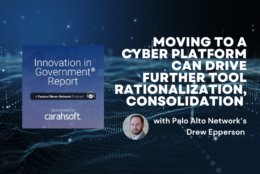Technology
-
The size and far-flung nature of the tax agency means that it has begun numerous cyber projects that can help it meet the administration’s zero trust demands. But Treasury IG team’s four recommendations aim to help IRS harmonize its efforts.
October 02, 2023 -
The typical user never sees the thousands of pages that detail how to craft code that ensures a digital document accepts content or that allows other functionality. Yet, that coding if not precise can provide havens for malicious payloads.
October 02, 2023 -
As the government continues to modernize, zero trust remains a top priority. Agencies can leverage this potential influx of funding to make strategic investments that achieve zero trust goals.
September 29, 2023 -
The more daily life becomes software dependent, the more urgent the need for organizations deploying software – including federal agencies – to ensure security in the software supply chain.
September 29, 2023 -
Recently, MITRE and the Cybersecurity and Infrastructure Security Agency (CISA) released the Open-Sourced Extension of MITRE's Caldera platform, specifically for operational technology. This is meant to be utilized by security teams to run automated adversary emulation exercises that are specifically focused on threats to operational technology.
September 29, 2023 -
Modernization requires understanding the ultimate users’ needs and the challenges constituents have dealing with systems an agency might deploy. A principal challenge to modernization, according to Guidehouse partner Arijeet Roy, stems from the cost of maintaining and operating legacy systems.
September 29, 2023 -
Drew Epperson, the vice president of federal engineering at Palo Alto Networks federal, said agencies need to think about modernizing their cyber tools as they transform their entire IT infrastructure.
September 29, 2023 -
Federal agencies are adopting key cybersecurity practices like zero trust and software supply chain risk management. Sarah Cleveland, senior strategy advisor at ExtraHop, says it’s critical government and industry work together to address emerging cybersecurity challenges.
September 29, 2023









